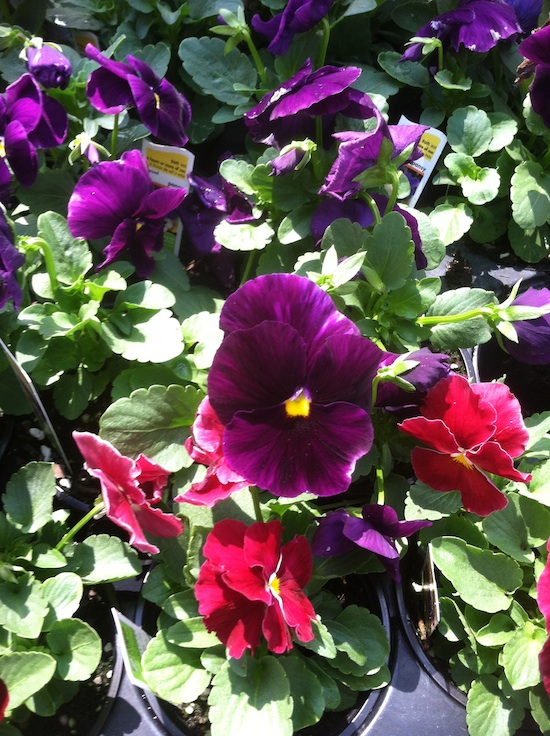Planting pansies is one of the easiest ways to add color to your landscape. There are several things to do to keep them looking bold and beautiful throughout the fall and winter months.
Start with good, quality plants. This time of year, pansies can be found at many home and garden stores. Select plants that are healthy with no insects. Look for plants that have dark green leaves and compact growth of stems, leaves and flowers. Avoid leggy plants or ones that are already root-bound in their containers.
Buy larger plants for longer blooming
Pansies are sold in many different sizes. Generally, if you are planting very early, the smaller ones will have time to establish their roots. For longer bloom times, buy slightly larger plants that already have larger root systems and will bloom earlier and longer.
Plant your pansies at the right time in a well-prepared bed. That’s Sept. 15 – Oct. 1 in north Georgia, Oct. 1 – Oct. 15 in middle Georgia and Oct. 15 – Nov. 1 in south Georgia.
Pansies hate wet feet, so make sure to plant them in a bed that has good drainage. A bed elevated 6 to 8 inches above the existing grade provides good drainage and can also improve the visibility of the color display in your landscape.
Remove old vegetation and old mulch from existing beds to minimize disease carry-over. Work in additional organic materials to improve the soil.
At this point, you should consider getting your soil tested. Soil tests are available through your local UGA Extension office. Pansies do best in soils with a pH in the range of 5.5 to 5.8.
Feed and deadhead
Apply the right fertilizer; pansies have definite feeding preferences. Avoid using the slow-release ammoniacal nitrogen fertilizers commonly used on summer annuals. This may cause pansies to become leggy during the fall and make them susceptible to cold injury during the winter. Instead, look for a pansy-specific, high-nitrate formula fertilizer and consult the label for recommended application rates.
Pansy maintenance is easy. Deadhead pansies (remove spent flowers) on a regular basis to encourage more blooms and reduce the chances of fungal blight diseases. When cold weather arrives, pansies will naturally wilt and turn gray-green during freezing weather as a defense response.
Healthy plants can survive short periods of single-digit weather. During long cold snaps, add a layer of pine straw for protection.
For more information, see the University of Georgia Extension publication “Success with Pansies in the Winter Landscape” at www.caes.uga.edu/publications.





